Animal Life news stories

Predatory dinosaurs with big skulls tend to have tiny arms. Researchers propose there might be a direct link between those traits.

Neanderthals and Denisovans in our genes, sentient mollusks, and speaking cats and bats. We are not what we thought we were. Nor were other human species, we have been discovering over the last 20 years.
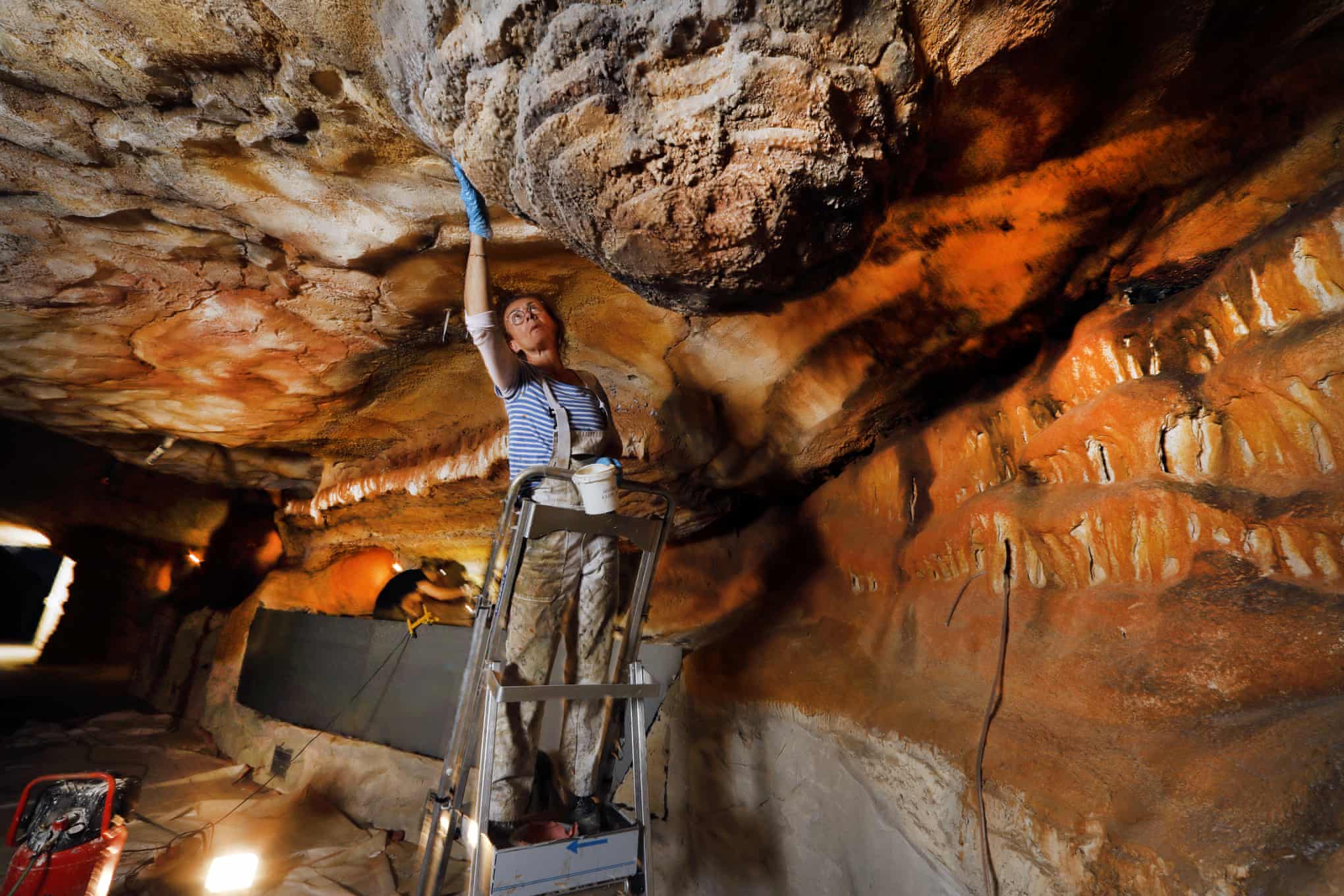
The Cosquer cave near Marseille astonished the diver who discovered it with its ancient depictions of sea and land animals. Now it has been painstakingly recreated in the French port for all to enjoy

Formation of solid iron core 550m years ago restored magnetic field and protected surface.

Fossil hunters have traced the rise of the dinosaurs back to the freezing winters the beasts endured while roaming around the far north
The extinct animal is not as closely related to Australian roos as once thought.
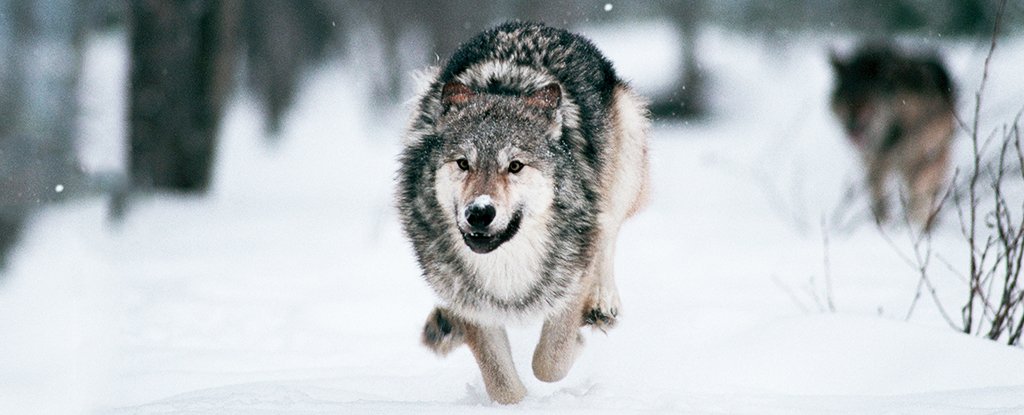
Ancient DNA, including that of wolves preserved in permafrost for tens of thousands of years, is shedding some light on how wild wolves became some of our best non-human friends.

A new wave of scientists argues that mainstream evolutionary theory needs an urgent overhaul. Their opponents have dismissed them as misguided careerists – and the conflict may determine the future of biology.
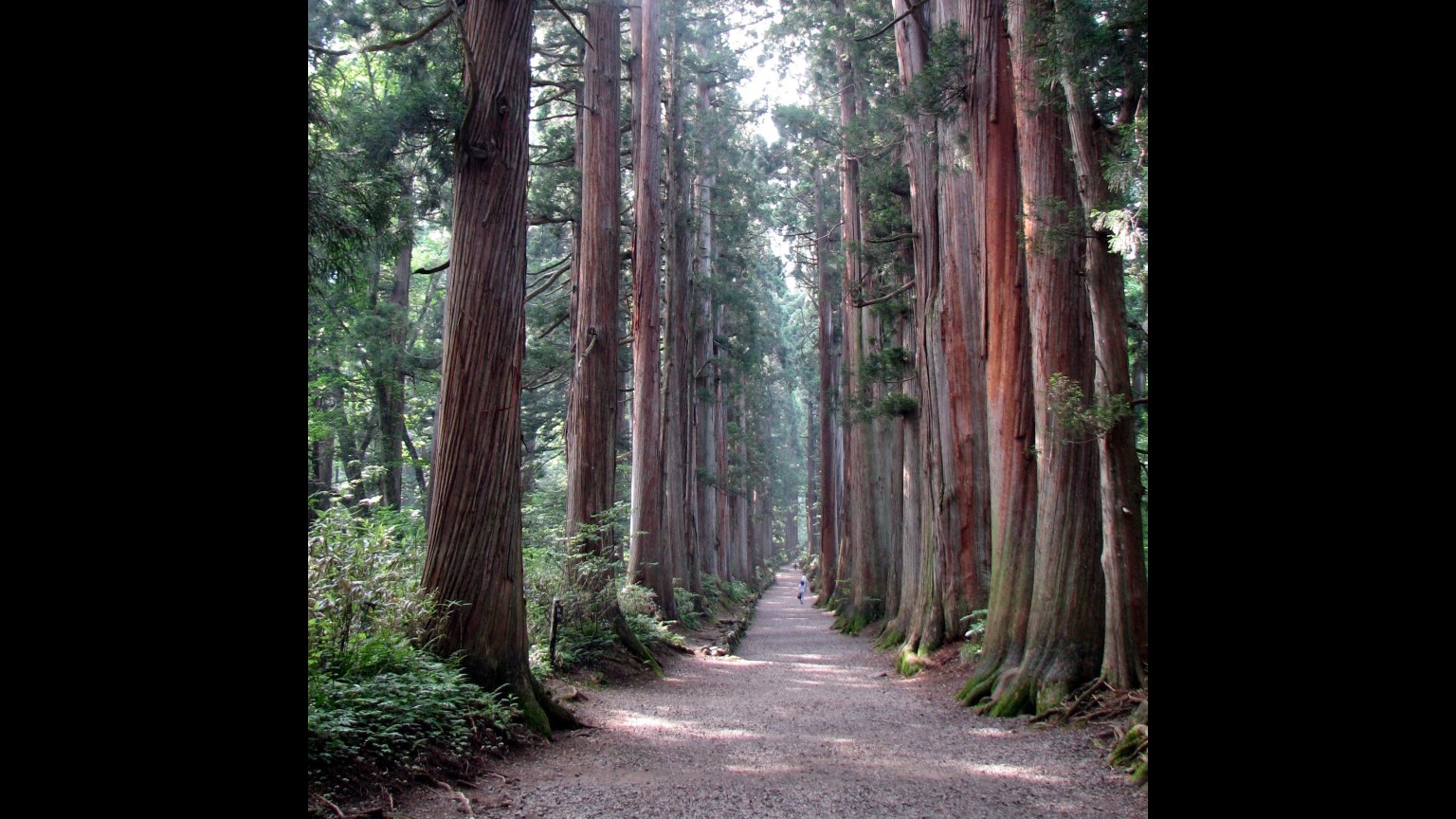
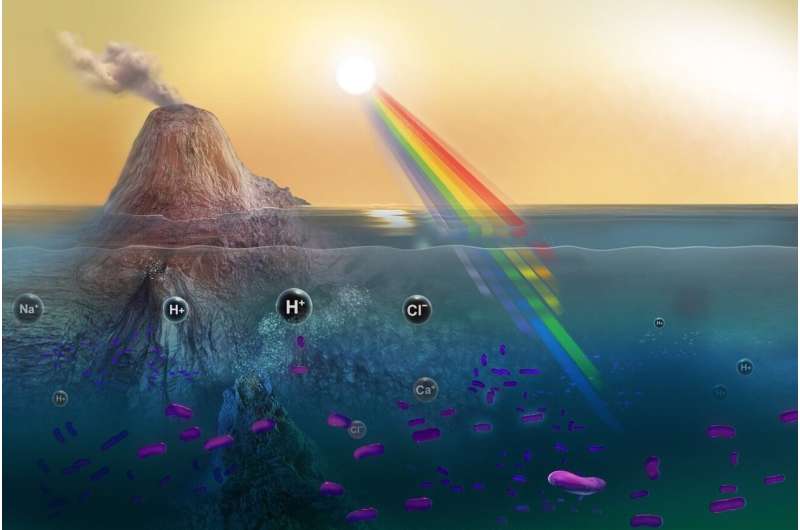
Using light-capturing proteins in living microbes, scientists have reconstructed what life was like for some of Earth’s earliest organisms. These efforts could help us recognize signs of life on other planets, whose atmospheres may more closely resemble our pre-oxygen planet.
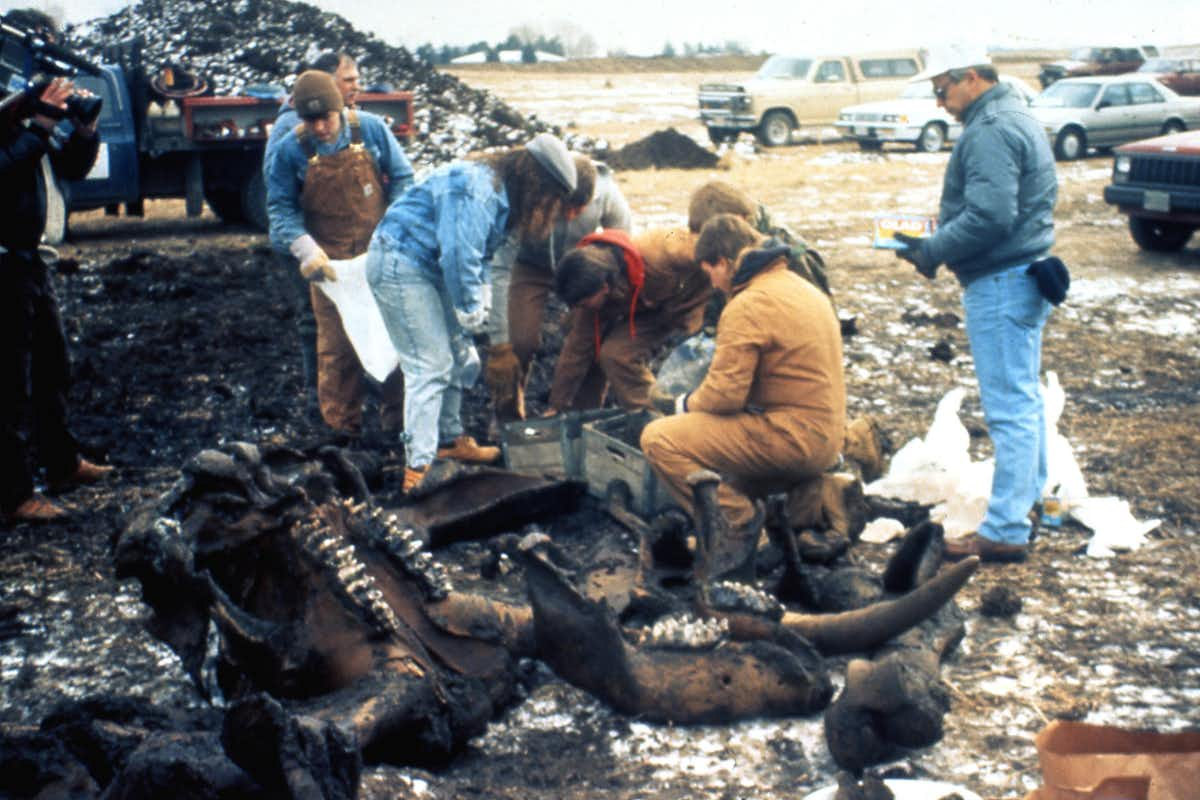
We know that the Earth has had at least five major ice ages. The first one happened about 2 billion years ago and lasted about 300 million years. The most recent one started about 2.6 million years ago, and in fact, we are still technically in it.
A new study has identified an important molecular analogy that could explain the remarkable intelligence of these invertebrates

It was a young miner, digging through the northern Canadian permafrost in the seemingly aptly named Eureka Creek, who sounded the alarm when his front-end loader struck something unexpected in the Klondike gold fields
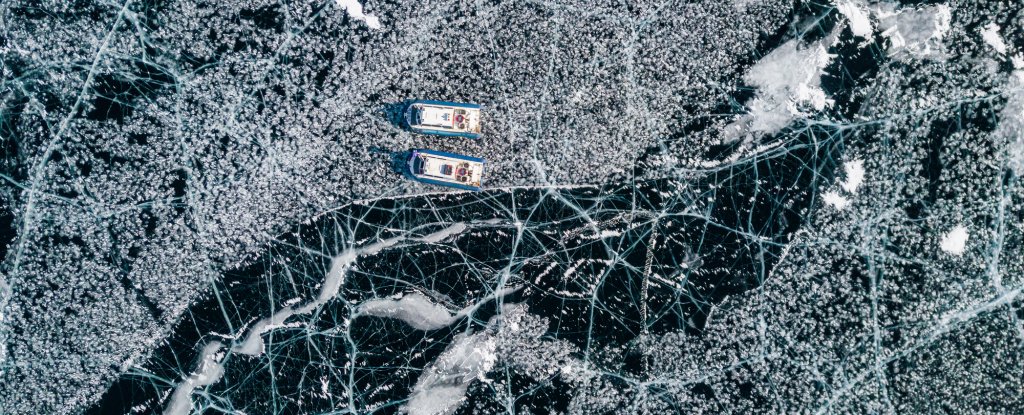
Fed by waters that pass through 600 meters (1,970 ft) of permafrost, the sub-zero, salty, virtually oxygen-free Lost Hammer Spring in the Canadian Arctic is one of the harshest places on Earth. Even here, however, life finds a way.

The Sun shone 20% less brightly on early Earth, and yet fossil evidence shows that our planet had warm shallow seas where stromatolites – microbial mats – thrived.
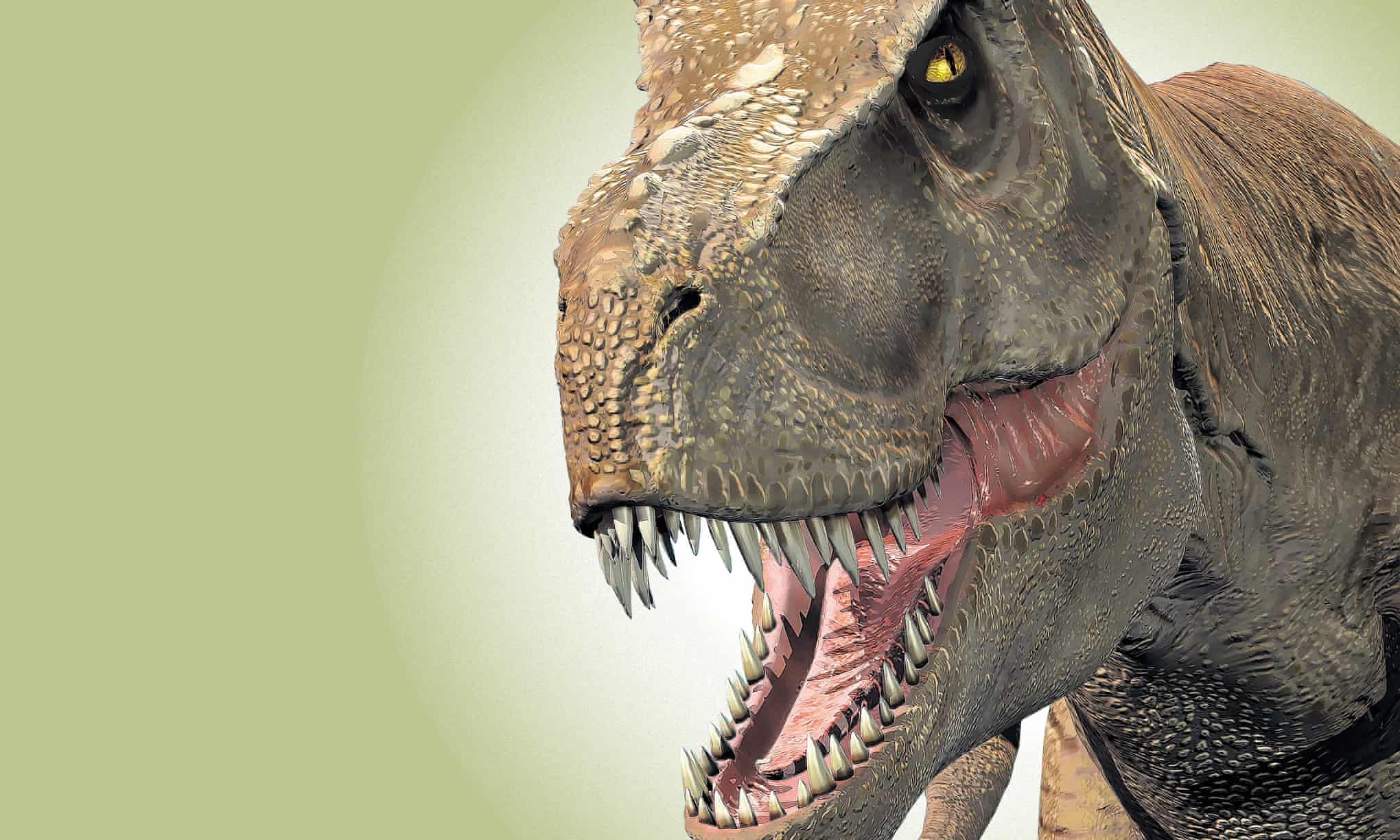
What Alida Bailleul saw through the microscope made no sense. She was examining thin sections of fossilised skull from a young hadrosaur, a duck-billed, plant-eating beast that roamed what is now Montana 75m years ago, when she spotted features that made her draw a breath.








